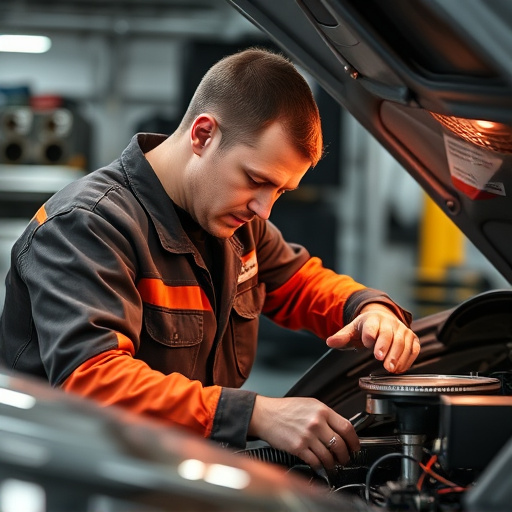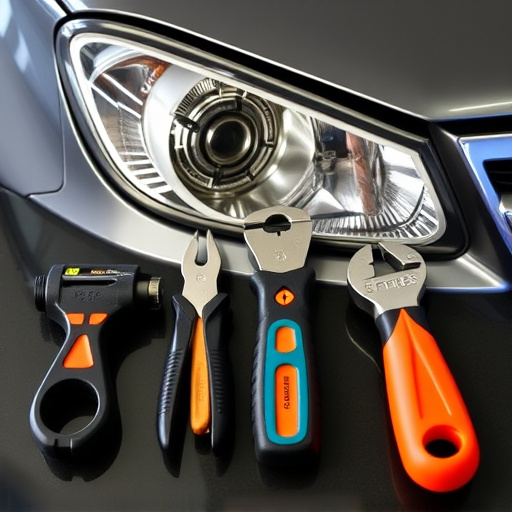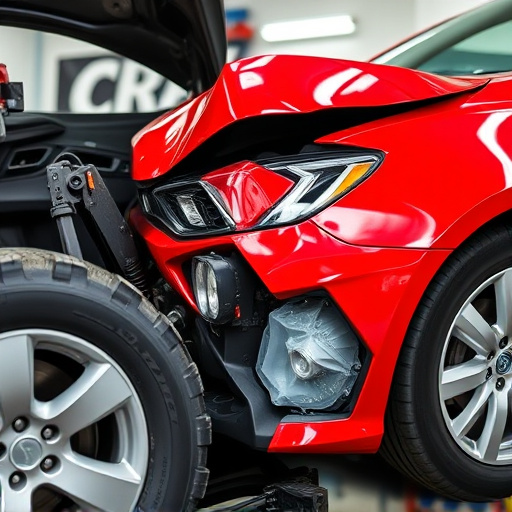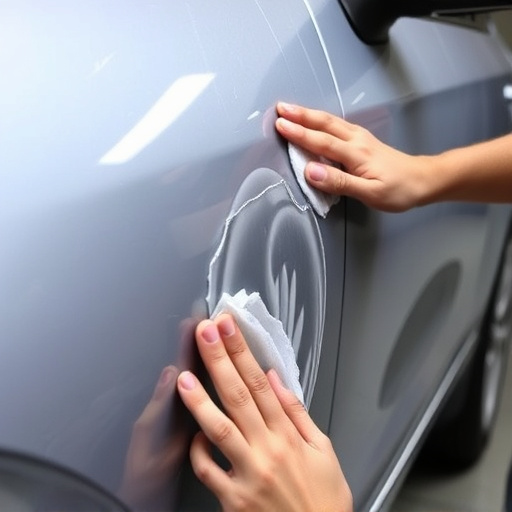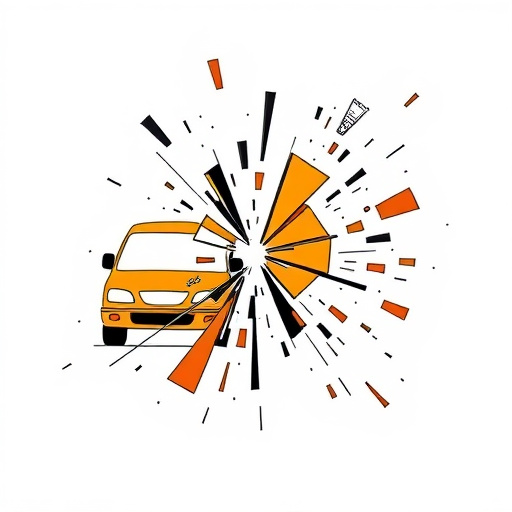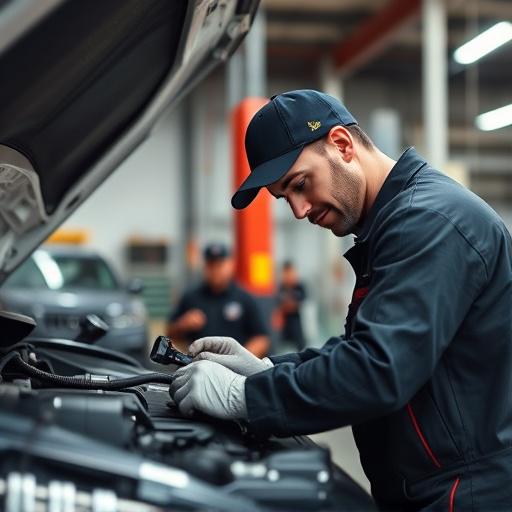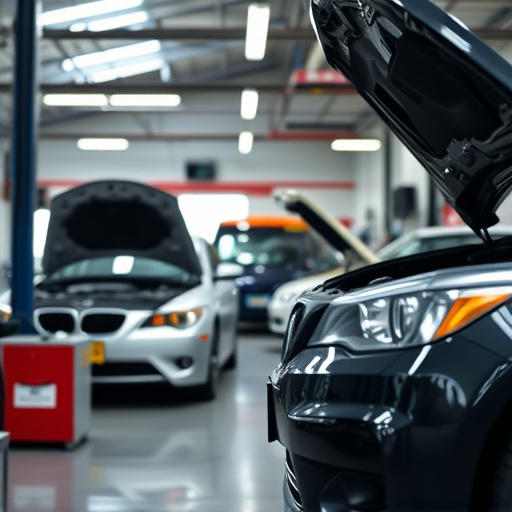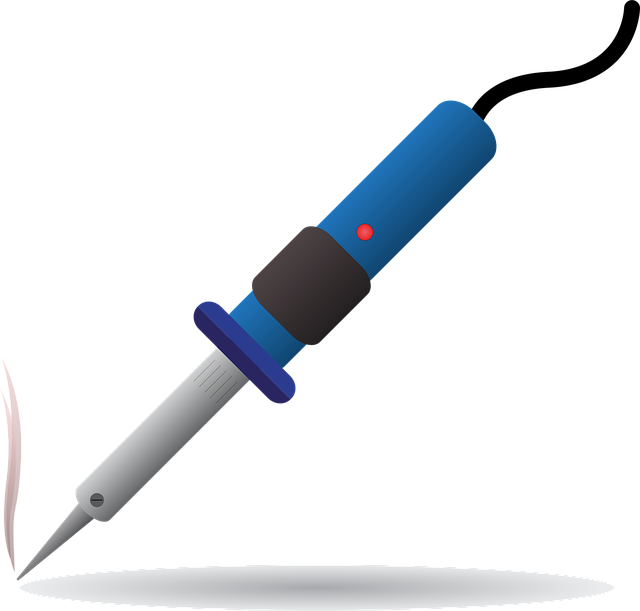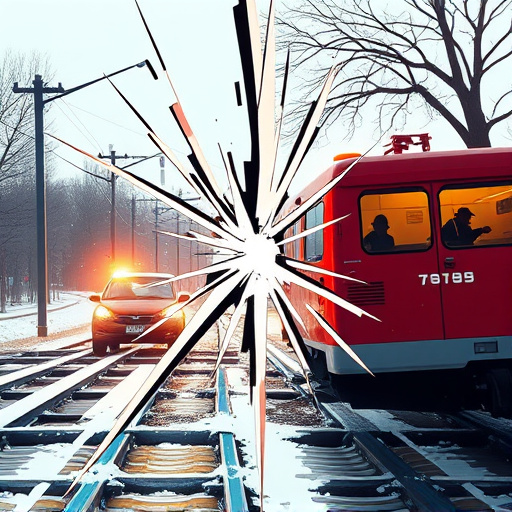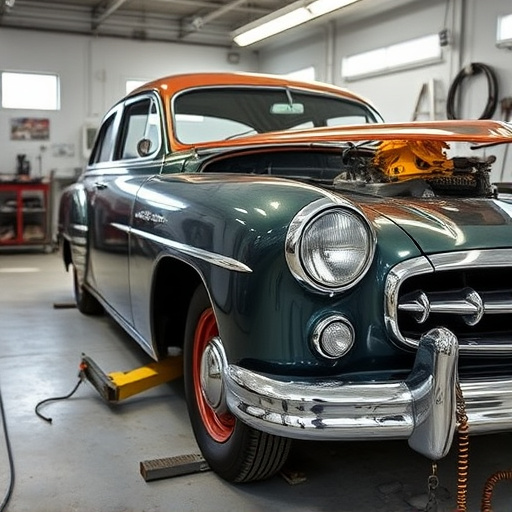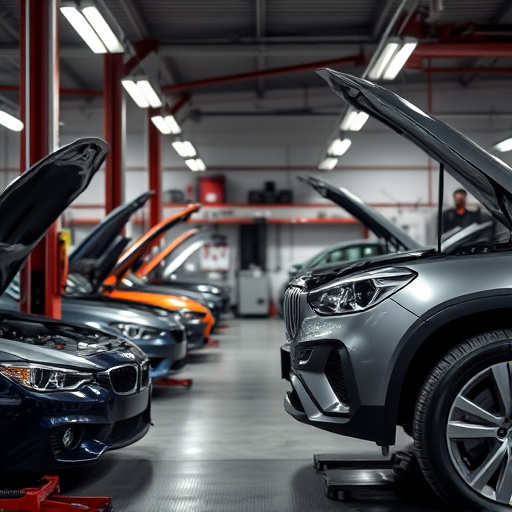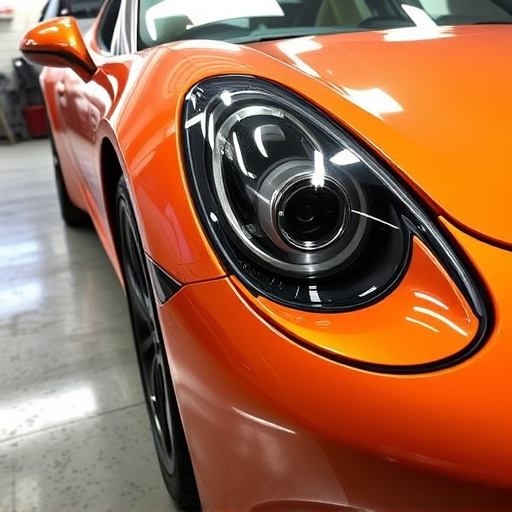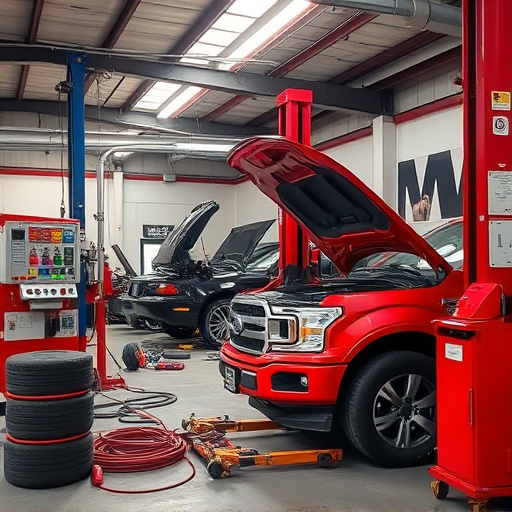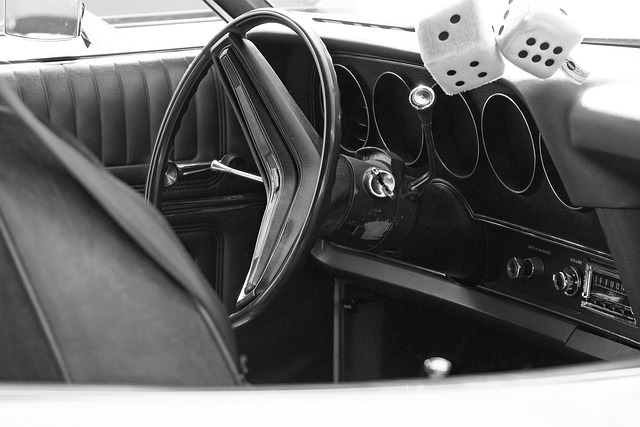In the dynamic field of import car collision repair, skilled technicians masterfully restore vehicles post-accident using advanced training and cutting-edge equipment. The industry has evolved significantly due to technological advancements, particularly in electric and autonomous vehicles. Future trends include automation, robotics, digital tools, and specialized materials, enhancing efficiency, safety, and customer satisfaction through methods like paintless dent repair (PDR). Continuous training and infrastructure investment are crucial for import car collision repair professionals to meet the demands of modern vehicle restoration.
In 2025, import car collision repair remains a vital sector, shaped by technological advancements and evolving customer expectations. This article explores the dynamic landscape of automotive repair, focusing on how new technologies, such as automation and digital tools, revolutionize collision centers’ operations. We delve into global supply chain challenges and strategies to mitigate their impact on parts availability for imported vehicles. Additionally, we examine rising safety standards and customer demands, emphasizing the necessity of quality, aesthetics, and performance in import car collision repair.
- The Evolving Landscape of Automotive Repair: Adapting to New Technologies
- – Exploring the technological advancements in car manufacturing and their impact on collision repair
- – Discussing the role of automation, advanced materials, and digital tools in modern collision centers
The Evolving Landscape of Automotive Repair: Adapting to New Technologies

– Exploring the technological advancements in car manufacturing and their impact on collision repair

The automotive industry has witnessed a significant evolution over the past decade, with technological advancements transforming both car manufacturing and maintenance practices. As we approach 2025, the impact of these innovations on import car collision repair is undeniable. Modern vehicles are designed with complex systems and sophisticated materials, which require specialized knowledge and equipment for effective repairs. For instance, electric and autonomous vehicle technology has introduced new challenges and opportunities in auto body repair, demanding that professionals stay updated to handle the unique aspects of these models.
Furthermore, advancements in material science have led to lighter and stronger structures, impacting collision repair processes. Technologies like advanced composites and lightweight metals necessitate specialized techniques for both restoration and replacement. This shift towards high-tech materials and systems underscores the importance of continued training and investment in import car collision repair infrastructure. For example, a Mercedes Benz repair shop would need to stay abreast of the latest developments in order to provide top-tier services for these cutting-edge vehicles.
– Discussing the role of automation, advanced materials, and digital tools in modern collision centers
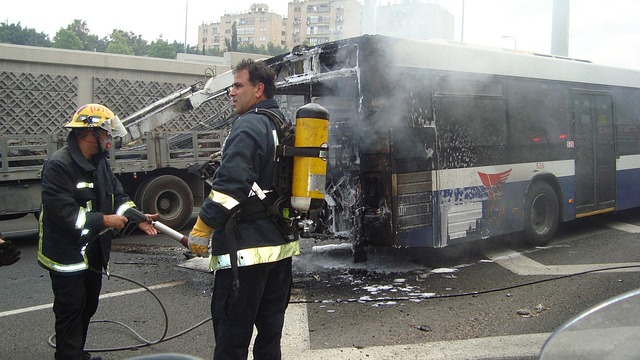
The future of import car collision repair is being shaped by an array of technological advancements. Automation is playing a significant role in modernizing collision centers, streamlining processes, and improving efficiency. Robotic arms and advanced machinery can handle intricate tasks with precision, enabling faster turnaround times. Moreover, the integration of digital tools has revolutionized how collision repair shops operate. Advanced software allows for precise measurements, detailed damage assessments, and efficient inventory management, ensuring that repairs are both effective and cost-efficient.
Specialized materials are also a key aspect of modern vehicle repair. Lightweight composites and advanced metal alloys offer improved strength-to-weight ratios, making vehicles safer and more fuel-efficient. In the realm of auto body work, paintless dent repair (PDR) techniques have gained popularity due to their ability to restore vehicles to their original state without traditional painting methods. This not only saves time but also reduces costs for both customers and repair shops, making it a preferred choice in 2025 and beyond for import car collision repair.
Despite the rapid pace of technological evolution, import car collision repair remains a vital aspect of the automotive industry in 2025. The integration of automation, advanced materials, and digital tools has undoubtedly transformed the landscape of automotive repair, offering enhanced efficiency and precision. However, these innovations primarily cater to new vehicle models, leaving import cars—with their unique specifications and historical significance—requiring specialized expertise for effective collision repair. As we move forward, a harmonious blend of technology and human skill will be crucial in ensuring that import car collision repair continues to meet the needs of diverse vehicle owners, preserving both safety and authenticity in the ever-changing automotive world.
